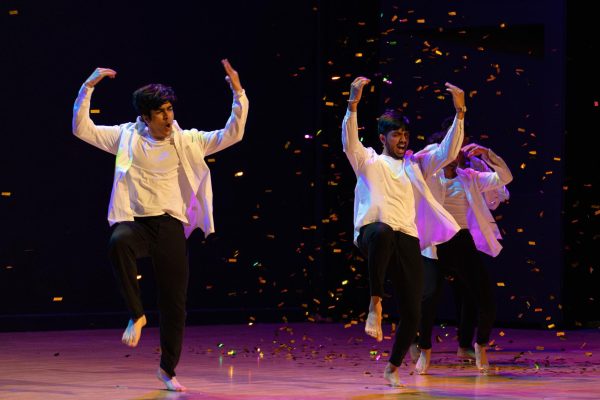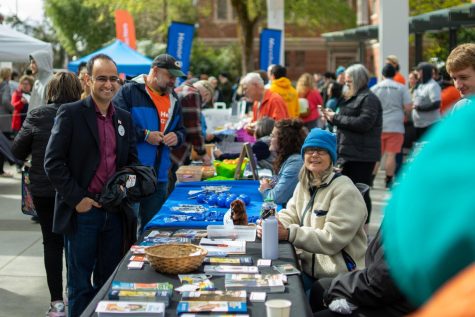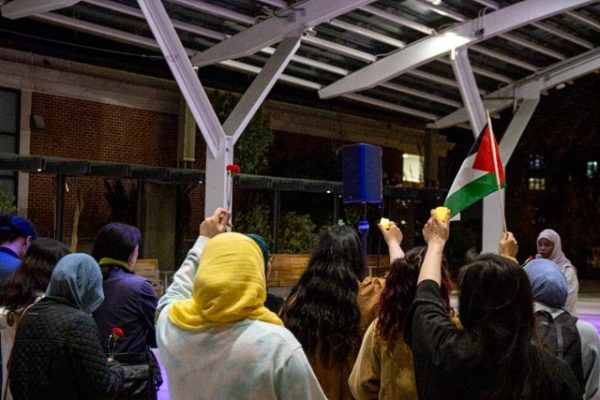Solidarity March: Day One
March 2, 2017
This is an ongoing story and we will be releasing updates as the week continues.
Chants echoed through lecture halls on Tuesday Feb. 28, as approximately 20 students could be seen marching throughout many different campus buildings, such as the Memorial Union, Austin Hall and Kelly Engineering. Many students that were in class at the time peeked outside and others stopped dead in their tracks to see what was going on.
One of the rallying cries of the ‘Solidarity March’ was the contention that some buildings on campus were named after white supremacists. Another goal of the protestors was to ‘disrupt the normalization of micro-aggressions’, according to the speaker leading the march.
Ameer Fofanah, a student protesting in the march, recounted micro-aggressions that he had experienced on campus.
“I can account (for) slight micro-aggressions from students who are in populations where there’s not as many minorities. From tokenisation of which ‘I am the cool black friend’ to fetishization,” Fofanah said. “Worst-case scenario, I’m in positions where I am not allowed to certain parties, I’m not allowed into certain spheres because of my race.
Many people were drawn outside of their classrooms by the protests. Some cheered in support of the group, while others shouted in opposition. Some of these messages included “Go home” in response to mentions of attacks on Muslim students or “Your noise is obnoxious” inside the MU.
Other students, like David Lambe, were simply curious to see what was going on, and did not have an immediate reaction to the events.
“I’m just waiting for class to start and I saw this going on, and I thought it would just be interesting to watch,” Lambe said.
Another student observer was less than pleased with the march. Student vlogger Matthew Rockhold found the march to be very disruptive. According to Rockhold, he heard a disturbance from outside a classroom window and wanted to look into it, while shooting video of his experience.
“I get what they’re saying. Equality and individualism in America is huge, especially the issue with race,” Rockhold said. “Oregon State does a really good job at catering to everyone’s needs…at this point I think it’s a little disruptive when they go into a lecture hall like Austin, (inside of) which there is a ton of people working hard, who have been here for four years, working on projects or midterms and that they’re about to go take a blow horn with 20 plus people with signs. I just think that at that point there’s just a little bit of a line that you’ve crossed.”
Despite some criticism, Fofanah wanted to bring home a positive message.
“To everyone out there, I want you to know that no matter how downtrodden you feel, no matter how hopeless you feel, there is always hope,” Fofanah said. “You’ll always have a chance at a better life and that’s what this nation is for: that’s the American dream. We came here so that we can do better for ourselves and do better for those we love and it’s very possible.





















































































































